First things first: Don't overlook on flexibility...
While research clearly indicates that joint range of motion is improved acutely and chronically following flexibility exercises, flexibility training continues to be one of the most overlooked aspects of most people’s fitness programs. With a growing focus on functional training to adequately prepare the body to perform optimally, not only when completing exercises in the gym but also when engaging in activities in everyday life, it’s imperative that proper levels of joint mobility be established to ensure quality movement.
While more studies are needed to definitively understand the effect of flexibility training plays in reducing the risk of injuries and minimizing delayed onset muscle soreness, based on the current available research there are some things we know that we should be doing—and not be doing—when it comes to this essential component of a well-rounded workout routine.
Do: Roll it out.
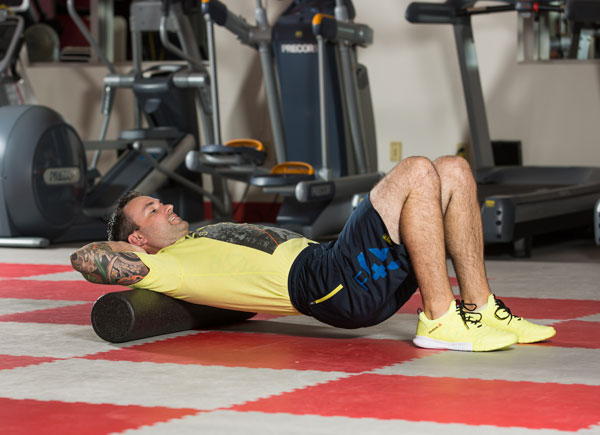
While most people think stretching is the only way to enhance flexibility, self-myofascial release to address tissue density is also effective and should be incorporated into your exercise experience. Beginning your warm-up by using tools such as a foam roller or tennis ball to decrease trigger points or “knots” within the muscles by applying pressure to commonly tight areas of the body can help to relieve tension and increase blood flow. In turn, this helps to enhance mobility and improve overall movement quality. Interestingly, self-myofascial release can also be incorporated into the cool-down to offer even more flexibility-related benefits, as first focusing on tissue density will then help to then address tissue length through the completion of static stretching.
Don’t: Go in completely cold.

As noted in the current exercise guidelines, research suggests that flexibility exercise is most effective when the muscles are warm. Therefore, engaging in light aerobic activity—such as jogging, jumping rope or briskly walking—to get the blood flowing to the tissues can prove beneficial before performing static stretches.
Do: Get mobile.
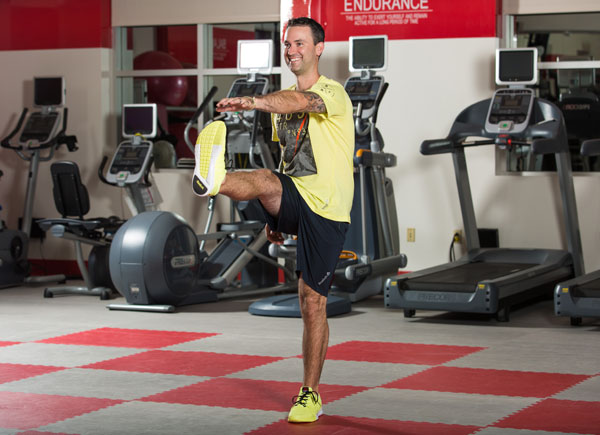
When it comes to injury prevention, ensuring adequate joint mobility is imperative. The body is comprised of joints that tend to favor stability—such as the knees and lumbar spine—and joints that favor mobility—including the ankles, hips, thoracic spine and shoulders. To get more out of your movements, your workouts should include a dynamic warm-up to enhance range of motion in these four areas. This should include movements that mimic the five primary movement patterns: bend-and-lift movements (squatting); single-leg movements (lunging); pushing; pulling; and rotational or twisting movements. The warm-up should serve as a dress rehearsal for specific exercises within a given workout, activity or sport, an to increase core body temperature, address movement deficiencies, improve joint range of motion and reduce the risk of injuries in both the gym and during everyday life.
Don’t: Focus only on one area.
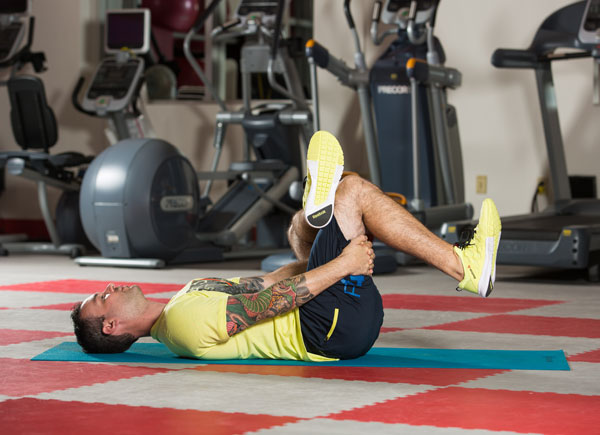
Flexibility training, like resistance training, is joint specific, meaning there’s not one specific exercise or stretch to do to improve your overall flexibility. Instead, incorporate a variety of different movements and stretching techniques into your training to target the major muscle tendon units of the neck, chest, shoulder girdle, trunk, lower back, hips, legs and ankles.
Do: Mix up your approach.
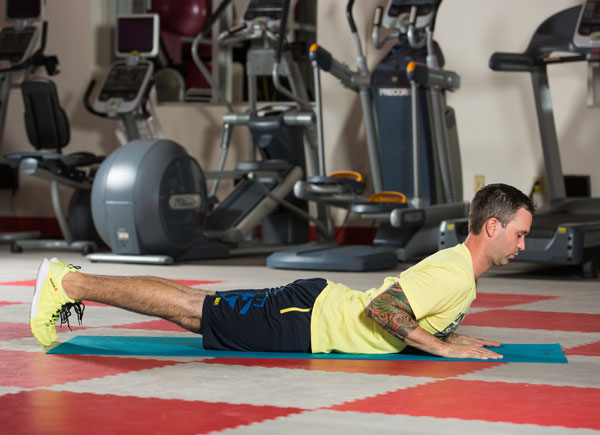
From proprioceptive neuromuscular facilitation (PNF) with a partner to static stretching in mind-body modalities like yoga, mixing up your approach to flexibility will not only offer improvement in range of motion around the joints, it will also keep this component of your workout routine exciting and ultimately more enjoyable.
Don’t: Make it painful.
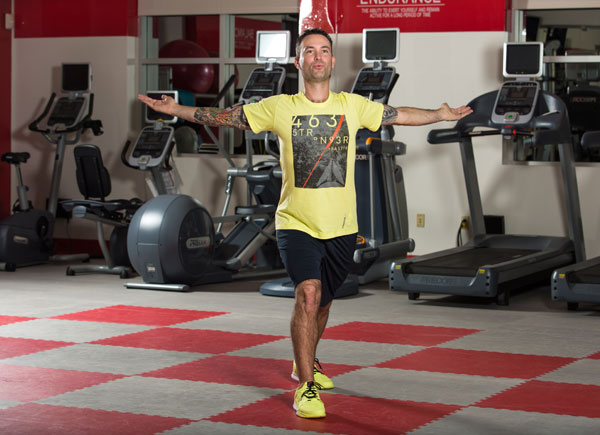
As is the case with any aspect of fitness, when it comes to flexibility training, you want to feel challenged. However, there’s a big difference between slight discomfort and extreme pain. When performing static stretching, make it a point to stretch only to the point of feeling mild tightness or slight discomfort to ensure the greatest level of safety and effectiveness.
Do: Make it a priority.
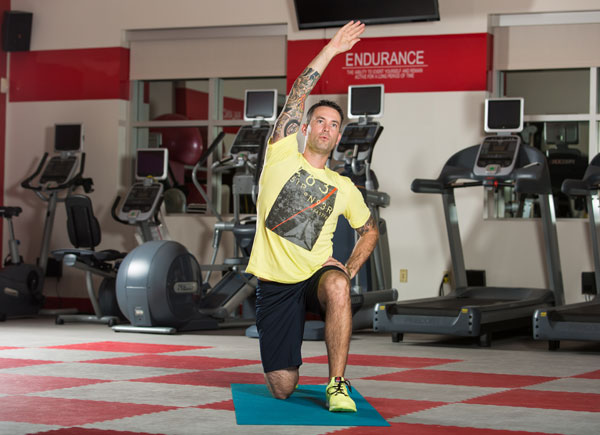
Studies have shown that while range of motion around a joint is improved immediately following flexibility exercises, chronic improvements are seen after three to four weeks of regularly stretching at least two to three times per week. For the greatest benefit, perform your flexibility training after your resistance-training workouts and stay committed in your approach to stretching regularly.
Don’t: Skimp on static stretching.
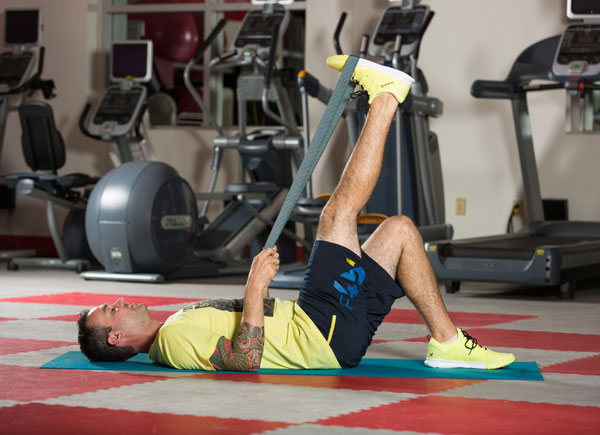
For best results, aim to hold each static stretch for 15 to 30 seconds and repeat each one two to four times, completing a total of 60 seconds per joint.
 By Jessica Matthews, MS, E-RYT
By Jessica Matthews, MS, E-RYTJessica Matthews, M.S., E-RYT is assistant professor of exercise science at Miramar College. As a leading fitness expert, writer and educator Jessica is a regular contributor to numerous publications, including Shape and Oprah.com. She holds a B.S. in physical education teacher education from Coastal Carolina University and M.S. in physical education from Canisius College. She is a certified Personal Trainer, Group Fitness Instructor and Health Coach through the American Council on Exercise (ACE) as well as an Experienced Registered Yoga Teacher (E-RYT) through Yoga Alliance and trained stand-up paddleboard (SUP) yoga instructor. Prior to teaching at Miramar, Jessica worked full-time ACE, serving in a number of key roles including exercise physiologist, certification director and senior health and fitness editor. Her past work also includes serving as aquatics director at Conway Medical Wellness and Fitness Center and designing health and physical education curriculum for grades K-12.
More info on Jessica Matthews »






0 comments:
Post a Comment